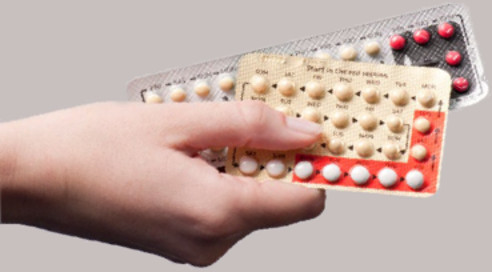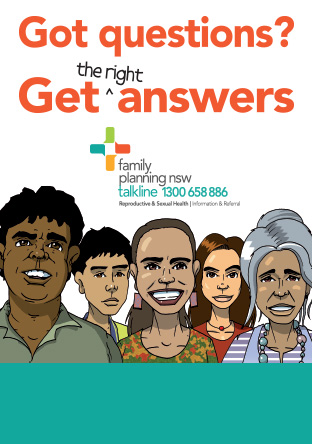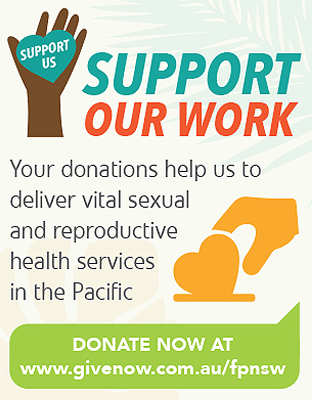Combined Hormonal Contraceptive Pill (the Pill)
What is the combined hormonal contraceptive pill (the Pill)?
The combined hormonal contraceptive pill (the Pill) is made up of two hormones, an oestrogen and a progestogen. These hormones are similar to the ones made in your ovaries. Many brands of the Pill are available which all have different types and doses of these two hormones.
In Australia, most Pill packets contain either:
- 28 pills - 21 hormone pills and 7 pills without hormones (non-hormone pills)
- 28 pills - 24 hormone pills and 4 non-hormone pills

How does it work?
The two hormones work together to prevent pregnancy mainly by stopping the ovaries from releasing an egg each month. The Pill also makes the mucus in the cervix thicker so that sperm can't get into the uterus. When you take the non-hormone pills you will get a withdrawal bleed like a period.
How well does it work?
If it's used correctly, the Pill is 99.5% effective. In real life it can be less effective (93%) if you forget to take it or you run out of pills. The Pill might not work if you have vomiting or severe diarrhoea or if you are taking some medications including some epileptic medications or herbal remedies. Talk to your doctor if you start any new medications.
Who can take it?
If there are no medical reasons not to take the Pill, women can safely use the Pill up to the age of 50. There are some medical reasons where taking the Pill is not recommended.
These include:
- a history of deep venous thrombosis (blood clot in a vein), stroke, heart attack or some other types of heart disease
- a condition which makes you more prone to blood clots
- severe liver problems or liver cancer
- certain types of migraine (migraine with aura)
- breast cancer
- systemic lupus erythematosus (SLE) with positive antiphospholipid antibodies
or if you are:
- over 35 years old and smoke
- have just had a baby (the Pill can generally be started 6 weeks after delivery)
- are taking other medicines which can reduce the effectiveness of the Pill including some epileptic medications and herbal remedies
Your doctor will help you decide if you can take the Pill or if there is a more suitable method if you have:
- high blood pressure
- diabetes
- a body mass index (BMI) of 35 Kg/m2 or more
- a family history of deep vein thrombosis in a close relative
- gallbladder disease
Advantages
- It works well when it is taken correctly
- Your fertility returns to normal straight away when you stop taking it
- It reduces heavy menstrual bleeding
- It can reduce period pain and the symptoms of endometriosis
- It regulates monthly bleeding in women with irregular periods
- It may improve premenstrual syndrome (PMS)
- It can improve acne
- It reduces the risk of some cancers including cancer of the ovary, uterus and bowel
Disadvantages
- It doesn't protect against sexually transmissible infections (STIs)
- It has to be taken at the same time each day
- It can't be used by women who cannot use oestrogen for medical reasons
- There is a small risk of blood clots (deep vein thrombosis)
- There is an extremely small risk of heart attack and stroke in women (this is increased if you smoke, have diabetes or high blood pressure)
- You can have spotting or break through bleeding on the Pill
- It can have hormonal side-effects including:
- headache
- nausea or bloating
- breast tenderness
- acne
- mood changes
- patchy brown marks on the skin of your face
- lowered interest in sex
Most side-effects usually settle down by your third pack of pills. If side-effects trouble you, your doctor or nurse might suggest changing to a different type of Pill or a different method of contraception.
How do I take it?
The Pill is usually started in the first 5 days of a natural period when it is immediately effective. Your doctor may suggest starting at a later time in your cycle which is called QuickStart but you will need to wait for 7 days for the Pill to become effective. Set a reminder on your phone or put your pill pack next to your toothbrush to help you remember to take it at the same time each day.
You can safely choose to skip the monthly withdrawal bleed by not taking the break between the last hormone pill of one pill pack and the first hormone pill of the new packet (skip the non-hormone pills). This is called 'extended use' of the Pill. Talk to your doctor or nurse about how best to do this. If you are at risk of sexually transmitted infections (STIs) you can use condoms at the same time as taking the Pill.
Where can I get it?
The Pill is available at the pharmacy with a prescription from a doctor. Your doctor can advise you about the most suitable one for you and the cost of the different types of pills.
For more information
Family Planning NSW Talkline - www.fpnsw.org.au/talkline or 1300 658 886
National Relay Service (for deaf people) - 13 36 77
TIS National's interpreting service - 131 450
Visit your nearest Family Planning NSW clinic - www.fpnsw.org.au/clinics
Family Planning NSW client resource on contraception - What suits me?


